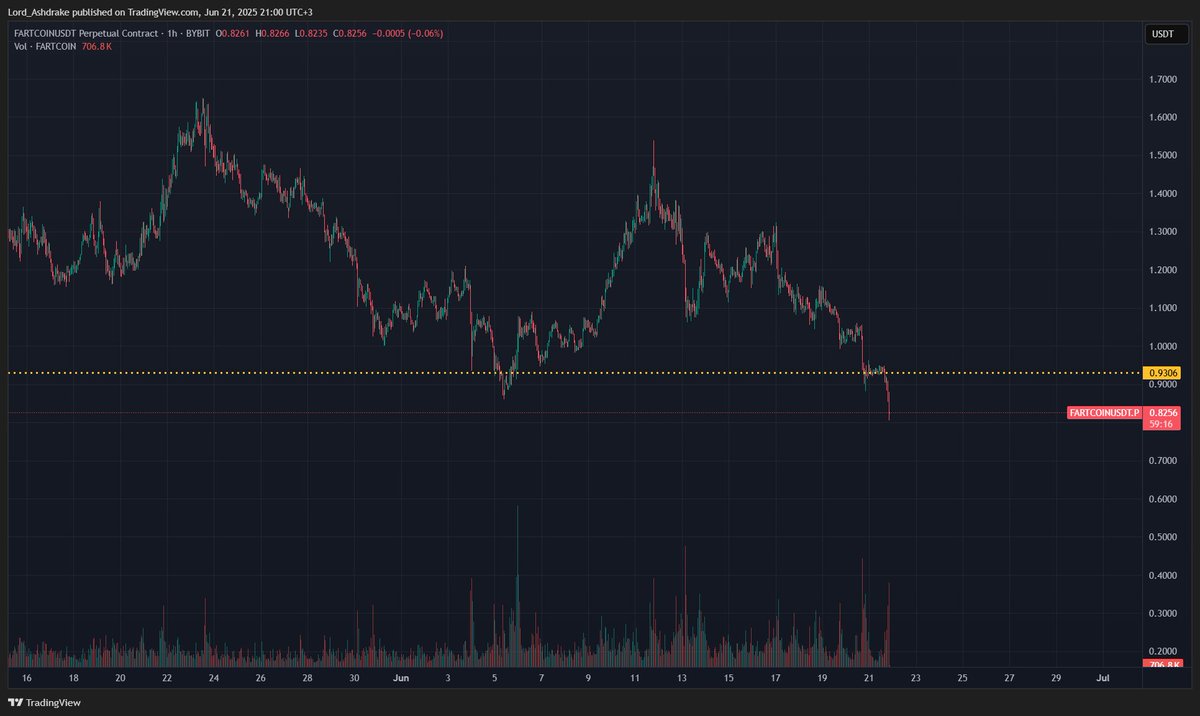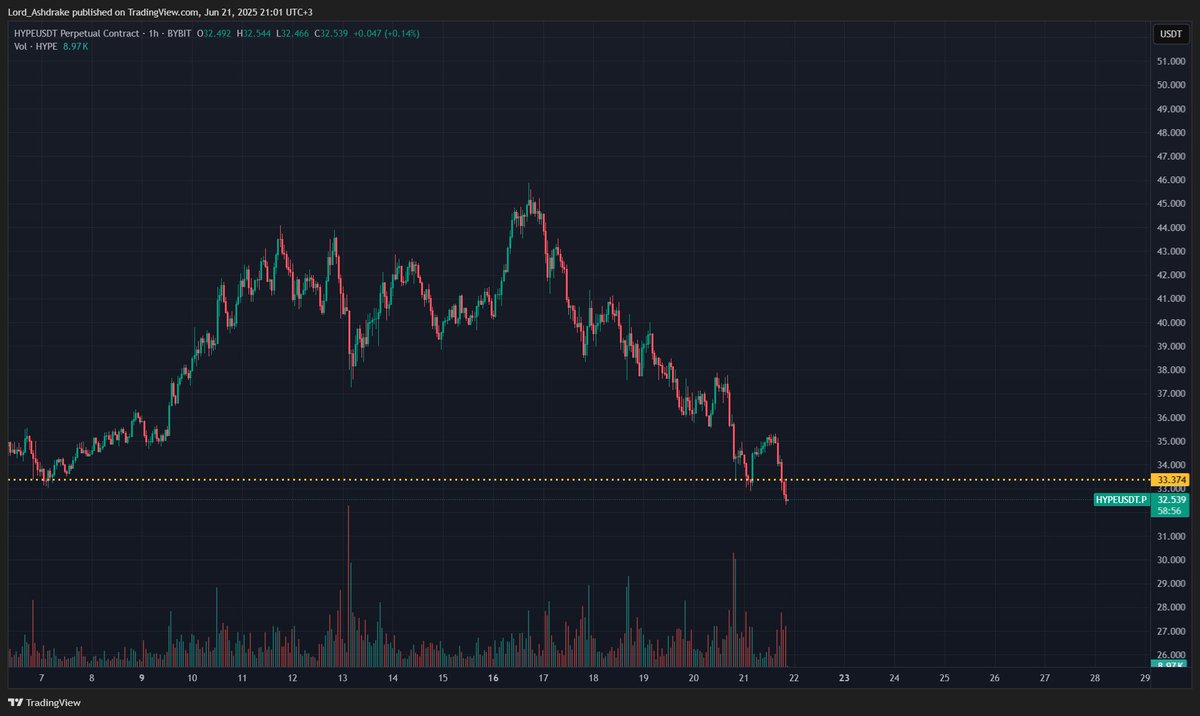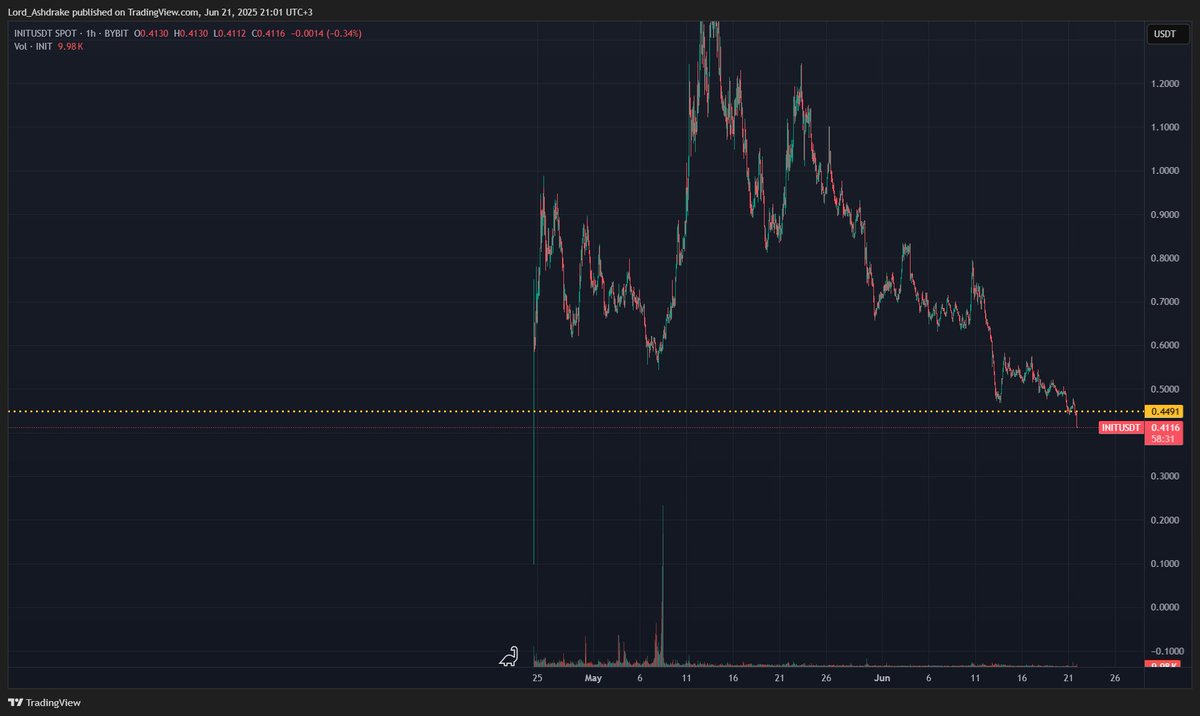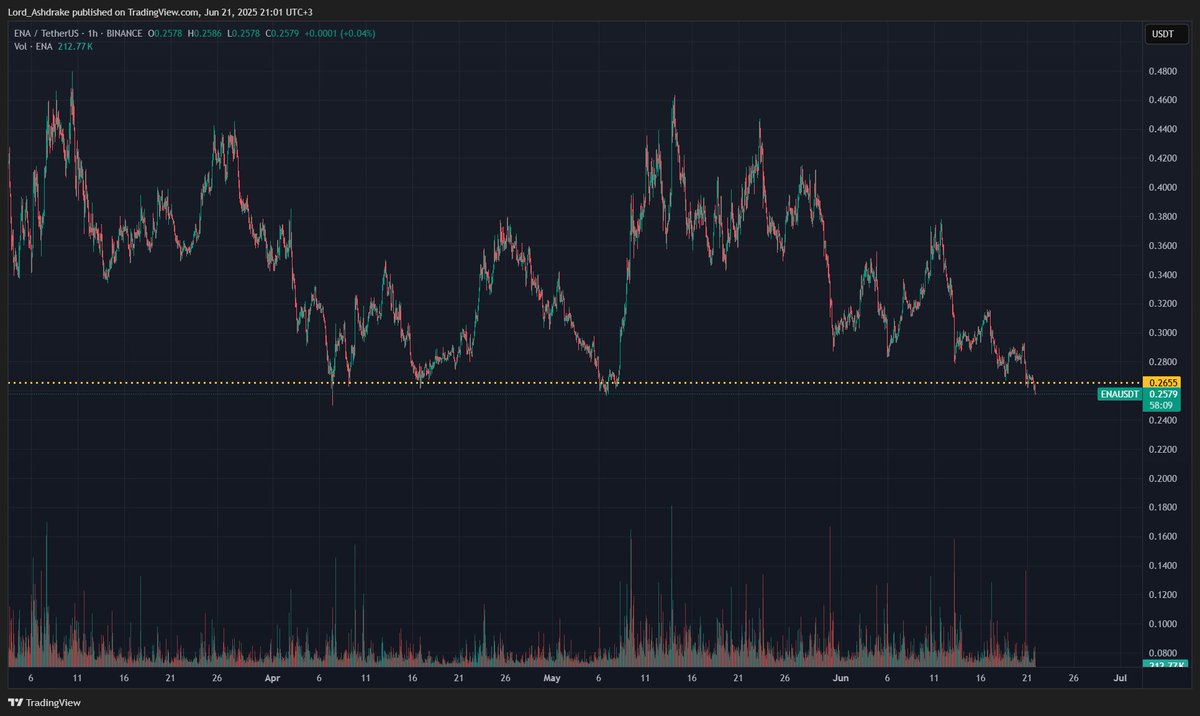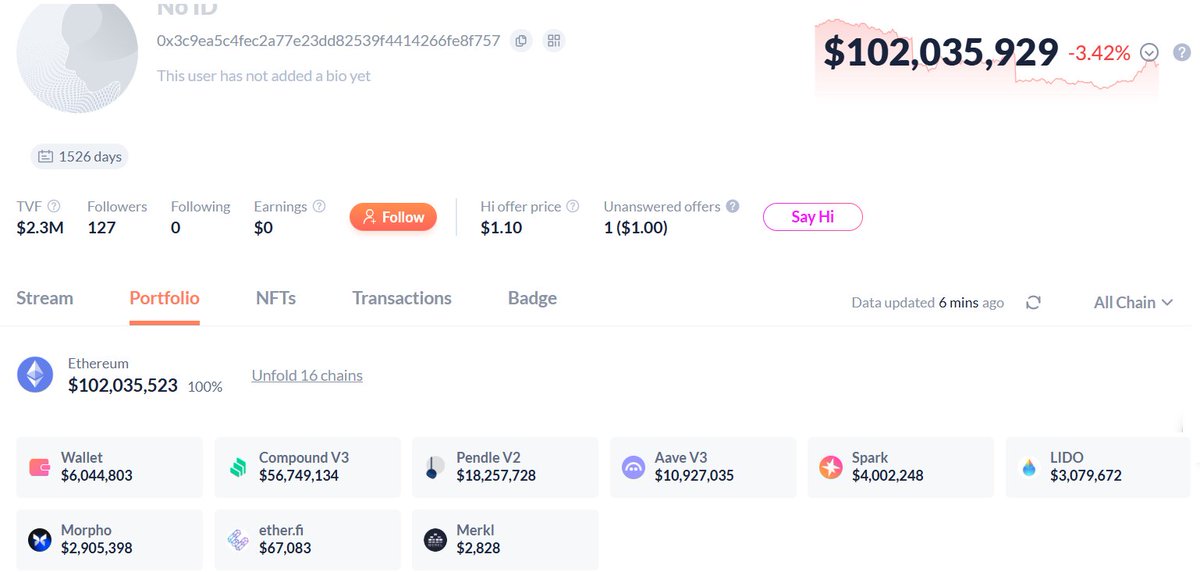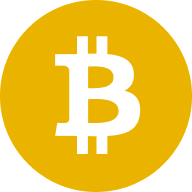
Курс Lido DAO

Дисклеймер
OKX не дает рекомендаций по инвестированию и хранению активов. Тщательно оцените свою финансовую ситуацию и определите, подходит ли вам торговля и владение цифровыми активами. По вопросам, связанным с вашими конкретными обстоятельствами, обращайтесь к специалистам в области законодательства, налогов или инвестиций. С подробностями можно ознакомиться, изучив Условия использования и Предупреждение о рисках. Переходя на сайты третьих сторон («Сторонние сайты»), вы принимаете их условия использования. OKX и ее партнеры («OKX») не связаны с владельцами и руководителями Сторонних сайтов, если иное не указано в письменной форме. Вы соглашаетесь с тем, что OKX не несет ответственности за убытки, ущерб и любые другие последствия использования Сторонних сайтов. Помните, что использование Сторонних сайтов может привести к полной или частичной потере активов. Продукт может быть доступен не во всех юрисдикциях.
Рыночные данные Lido DAO
Рыночная капитализация = объем в обращении × цена последней сделки

Новости о Lido DAO



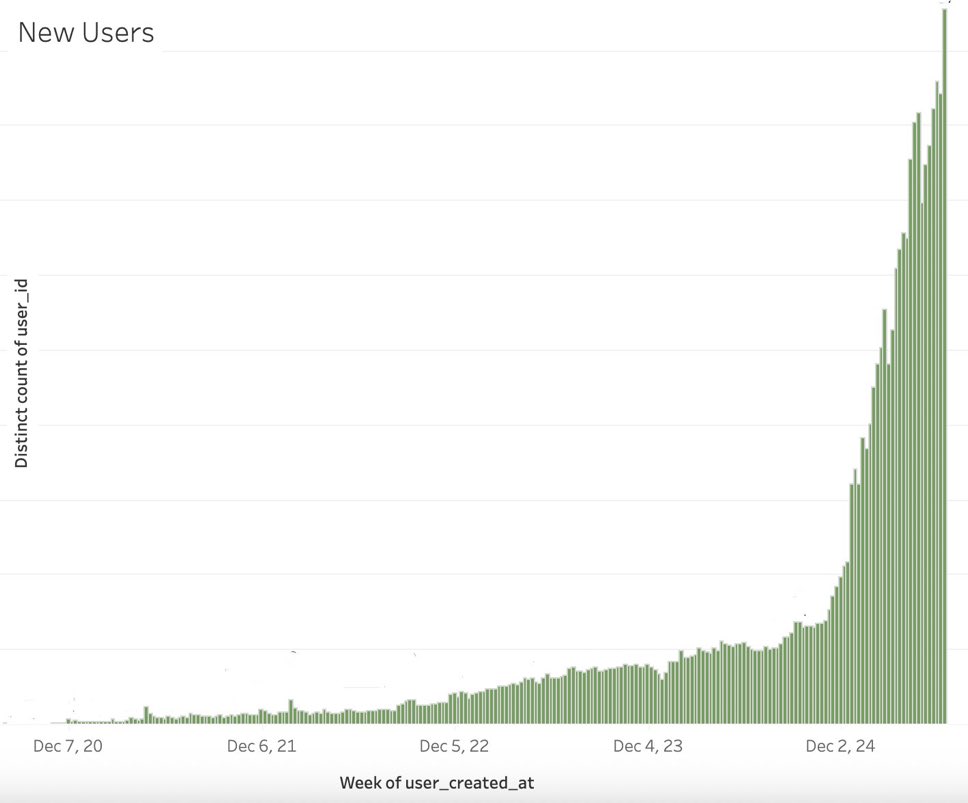





Калькулятор LDO


Статистика курса Lido DAO (в USD)
Популярные валюты для конвертации Lido DAO
| 1 LDO в USD | 0,64100 $ |
| 1 LDO в EUR | 0,55621 € |
| 1 LDO в PHP | 36,6473 ₱ |
| 1 LDO в IDR | 10 523,72 Rp |
| 1 LDO в GBP | 0,47637 £ |
| 1 LDO в CAD | 0,88025 $ |
| 1 LDO в AED | 2,3541 AED |
| 1 LDO в VND | 16 749,41 ₫ |
Описание Lido DAO (LDO)
- Официальный сайт
- Техническое описание
- Github
- Обозреватель блоков
Вопросы и ответы о Lido DAO
Lido - это децентрализованный протокол, предлагающий услуги ликвидного стейкинга для различных блокчейнов с доказательством владения (Proof of Stake, PoS). Когда пользователи делают ставку на активы с помощью Lido, они получают токенизированные эквиваленты своих токенов в соотношении 1:1. Эти токены остаются ликвидными, что позволяет пользователям использовать их на различных платформах.
Lido взимает комиссию в размере 10% от суммы вознаграждения за стейкинг. Несмотря на то, что некоторые считают это недостатком, данная ставка соответствует отраслевым стандартам, что позволяет Lido оставаться конкурентоспособной.
Вы можете без труда приобрести токены LDO на криптовалютной платформе OKX. Терминал спотовой торговли OKX включает торговую пару LDO/USDT.
Вы также можете обменять имеющиеся у вас криптовалюты, включая XRP (XRP), Cardano (ADA), Solana (SOL) и Chainlink (LINK), на LDO с нулевой комиссией и без проскальзывания цены с помощью OKX Конвертации.
Раскрытие данных ESG
Калькулятор LDO




